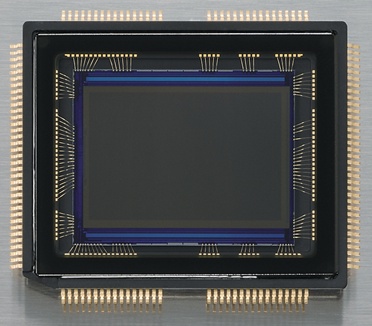Chapter 5. Photography 101
THE FUNDAMENTAL THEORY OF EXPOSURE

In this chapter, I’m going to take a break from cameras and computers and focus on basic photo theory. In the old days of manual cameras, you couldn’t learn to shoot without certain fundamental knowledge. With today’s automatic cameras, it’s possible to take great photos without having the slightest notion of how different parameters affect your image. However, you’ll most likely find that shooters who do understand the basics have a broader creative palette to work with and can push their photography further. You’ll be using the concepts covered in this chapter through the rest of the book.
In Chapter 2 you took a quick look at the anatomy of your D90, and you learned something about the architecture of an SLR camera. In that discussion I mentioned the image sensor in your camera. As you already know, in a digital camera, the image sensor takes the place of a piece of film and is the mechanism by which the camera can “see” an image.
The image sensor is a chip that is mounted parallel to the back of the camera so that the light focused by the lens hits it head-on. In the D90, the image sensor is smaller than a piece of 35mm film; it’s the same size as a piece of APS film.

Figure 5-1. The image sensor in your D90 is a large silicon ...
Get The Nikon D90 Companion now with the O’Reilly learning platform.
O’Reilly members experience books, live events, courses curated by job role, and more from O’Reilly and nearly 200 top publishers.

